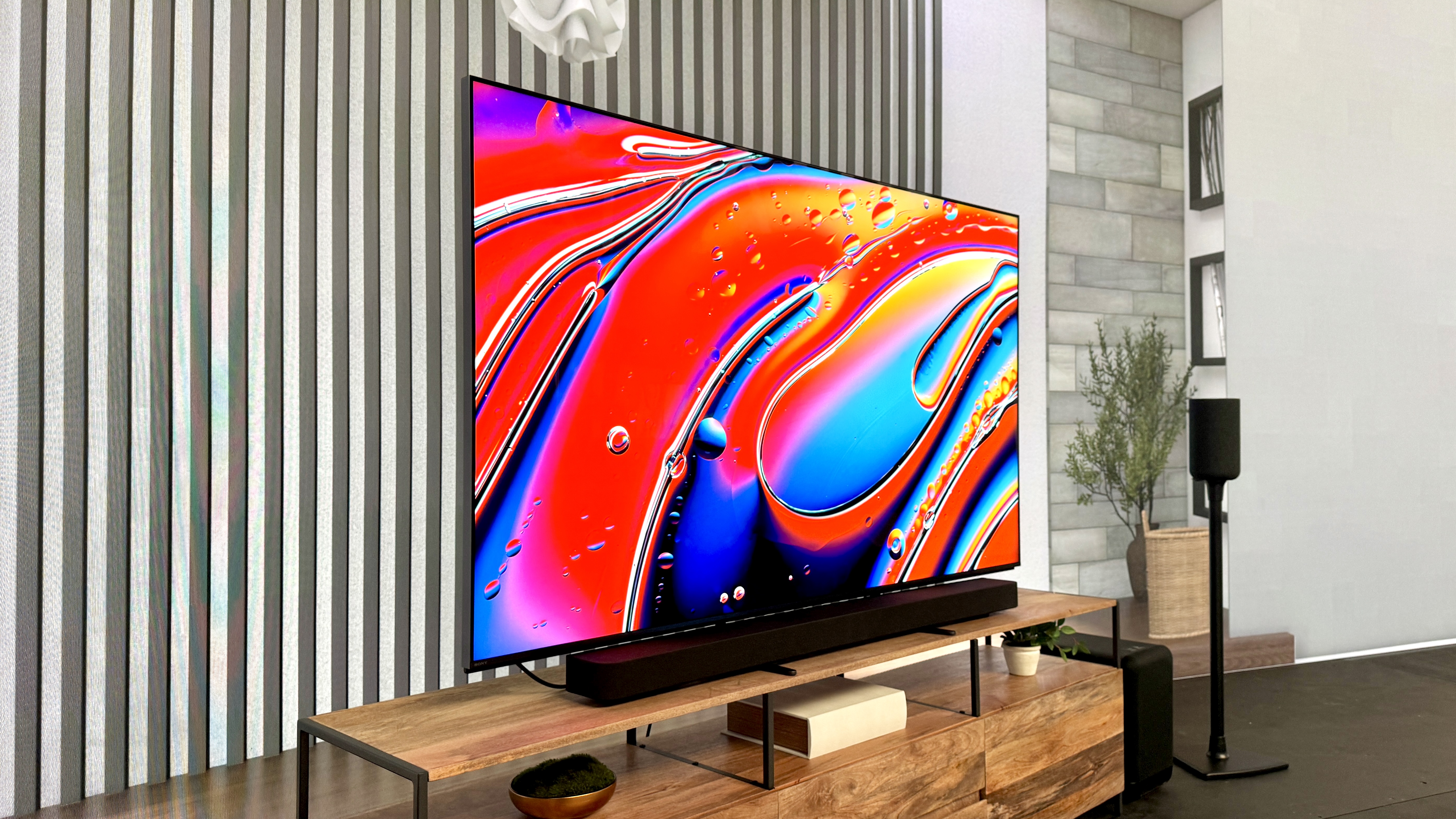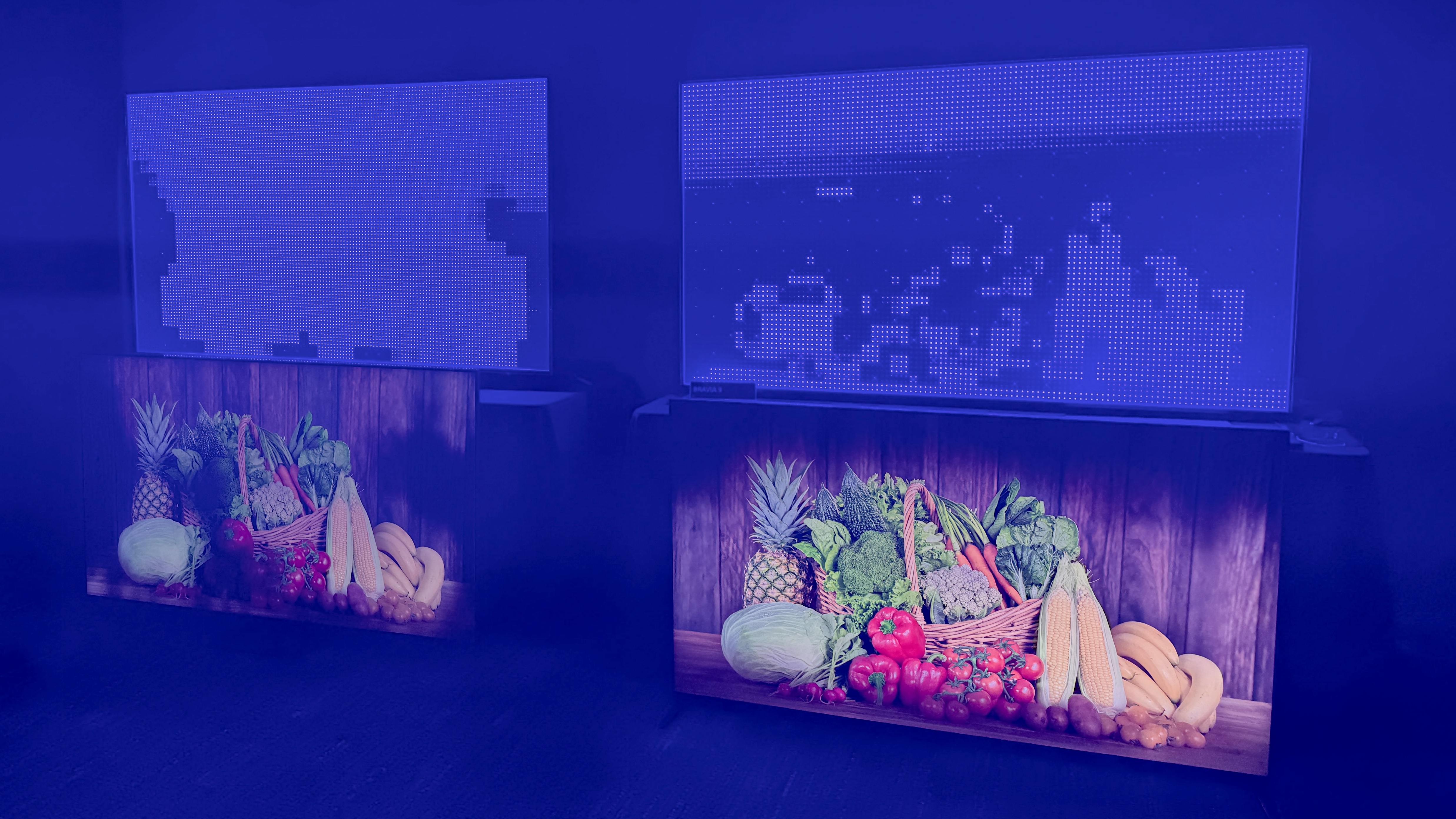Sony TVs have a secret weapon to beat Samsung and LG this year — and I just saw it up-close

You have to hand it to Sony. While other TV manufacturers have become known for specializing in a certain picture technology (for example LG is pretty much synonymous with OLED TVs), Sony is known for simply for producing the best TVs.
That's because Sony's Bravia TVs differentiate themselves with their picture processing, rather than the actual hardware. Last year's award-winning Sony A95L QD-OLED TV used similar parts as Samsung's QD-OLED screens like the Samsung S95C TV, but it delivered an all-around better TV thanks to its picture processing.
But this might be the year that Sony changes the narrative between TV's biggest three companies thanks to a piece of hardware developed in-house. Sony's microprocessor division made a new backlight driver that the company says is the world's smallest Mini-LED driver to date.
By decreasing the size of the Mini-LEDs, Sony can increase the number of LEDs and number of local dimming zones, resulting in 320% more zones than the previous-gen X95L Mini LED TV — and I'll get to why that matters in a minute.
What you need to know up front is that, starting at $3,299, the Sony Bravia 9 with this new Mini-LED driver is by no means going to win a value award. But after actually seeing it in action as part of a demonstration, it feels like a new frontier for Sony TVs and could help the company stake its claim as the best Mini-LED TV maker.
Why does the Mini LED backlight matter?
This demonstration peeled back display layers to show the role a Mini-LED backlight plays in reproducing a picture. These small lights help create light gradations in a scene, and with proper control, make bright area look sharp without blooming into darker areas.

Control comes from the number of local dimming zones that the TV's processor can communicate with and power on a more granular scale. More zones means more refined control, or that the picture can get brighter in the right spots without the risk of blowing out those parts of the picture it shouldn't.
Get instant access to breaking news, the hottest reviews, great deals and helpful tips.
From behind the screens, I could watch Sony Mini-LEDs essentially recreate the intended image in the backlight with a level of detail other Mini-LED backlights on the current market simply cannot. This reflected when watching some sample footage, where the brightest parts of the picture really seemed to pop with an impressive degree of realism.
Sony says the Bravia 9 can reach over 4,000 nits peak brightness, which could be a game-changer. Tom's Guide runs its own HDR brightness to verify company claims, so we'll have to see whether the set reaches such an exciting-sounding threshold.
While Sony's next-gen driver tech looks mighty impressive, it's not the only one trying to get the most out of Mini-LED: Both TCL and Hisense showed up at CES 2024 with TVs of their own that are just as ground-breaking.
How the Sony Bravia 9 will stack up against the TCL QM89 and the Hisense 110UX ULED remains to be seen, but if you're in the market for a new Mini-LED screen, this is the space you should be watching.
More From Tom's Guide

Kate Kozuch is the managing editor of social and video at Tom’s Guide. She writes about smartwatches, TVs, audio devices, and some cooking appliances, too. Kate appears on Fox News to talk tech trends and runs the Tom's Guide TikTok account, which you should be following if you don't already. When she’s not filming tech videos, you can find her taking up a new sport, mastering the NYT Crossword or channeling her inner celebrity chef.
